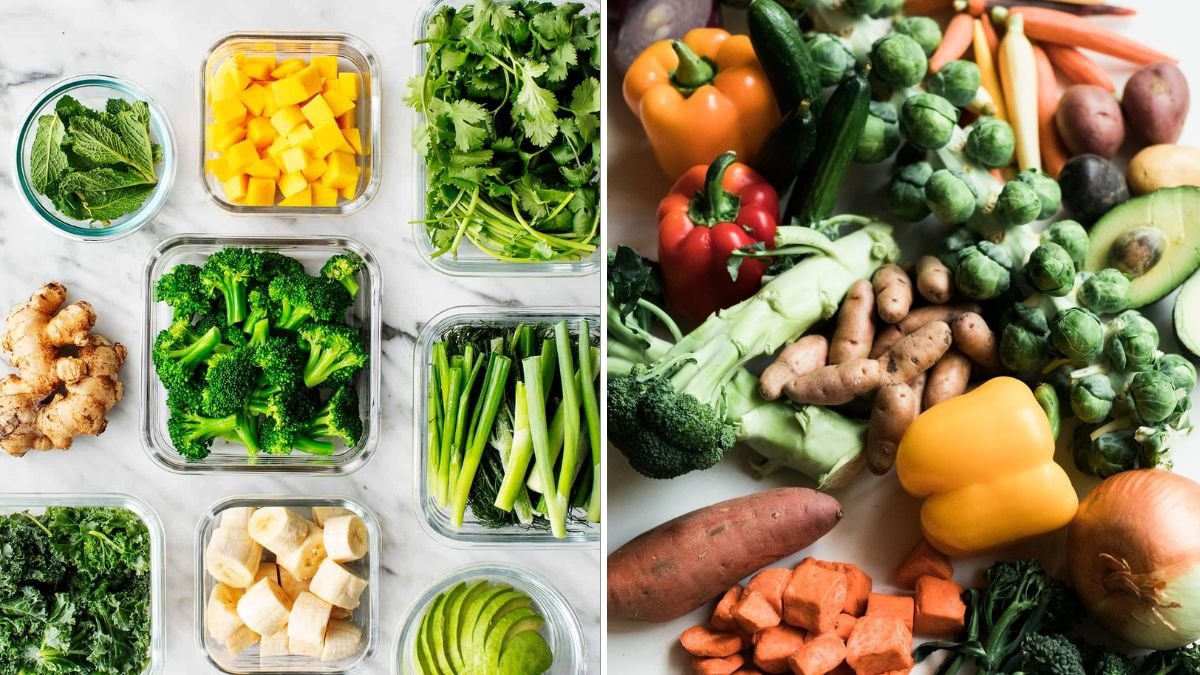Freezing is one of the oldest and most effective methods for preserving food. It retains nutrients, extends shelf life, and allows us to enjoy seasonal fruits and vegetables year-round. Yet, a common frustration many people face is that once thawed, their once-crisp produce turns limp, watery, or mushy. This problem often discourages people from freezing fresh produce at home, despite the convenience it offers. The key lies in understanding why mushiness happens and what steps can be taken to preserve texture, flavor, and quality.
This article explores the science behind freezing, practical preparation techniques, and best practices for freezing a wide variety of fruits and vegetables. By the end, you will know exactly how to freeze fresh produce without it getting mushy.
Why Produce Gets Mushy When Frozen
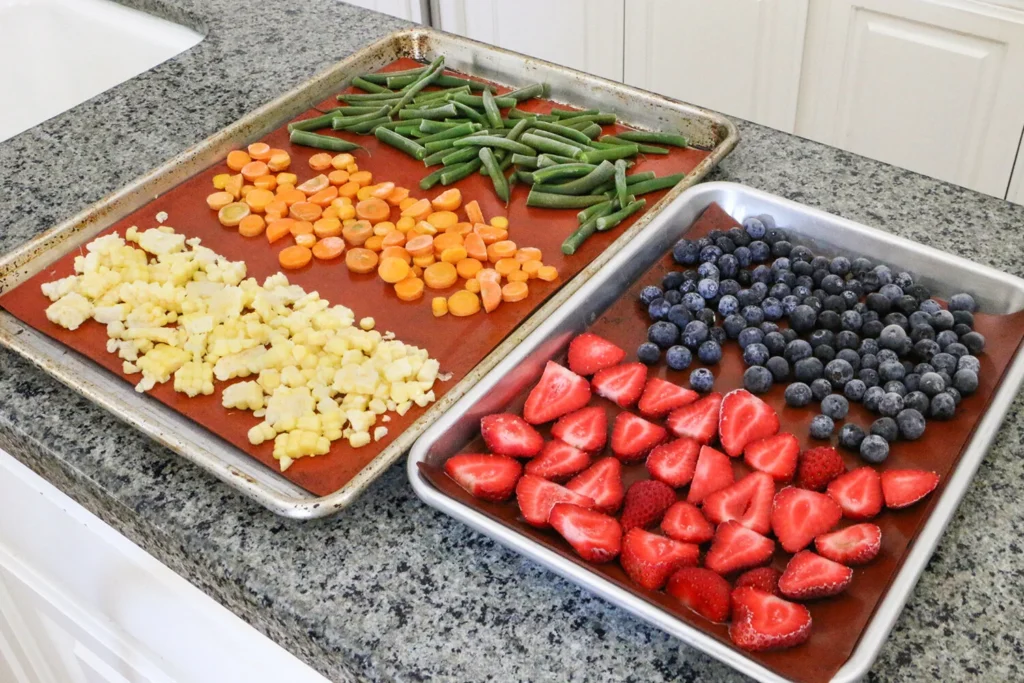
To understand how to prevent mushiness, it’s important to know why it happens. Fruits and vegetables are made up of cells filled with water. When produce is frozen, the water inside those cells turns into ice crystals. If freezing happens too slowly, the ice crystals grow large and puncture the cell walls. Once thawed, the ruptured cells leak water, resulting in a soft or soggy texture.
Another factor is enzyme activity. Even at freezing temperatures, enzymes naturally present in produce can continue to break down cell structure and nutrients, further degrading quality.
Thus, the two main reasons for mushy frozen produce are:
- Large ice crystal formation (due to slow freezing).
- Unstopped enzymatic activity (causing breakdown over time).
The solution is to freeze produce quickly, and for many vegetables, to blanch before freezing to deactivate enzymes.
Step-by-Step Guide to Freezing Produce Without Mushiness
1. Choose High-Quality, Fresh Produce
Start with fruits and vegetables at their peak ripeness. Freezing does not improve quality—it only preserves what is already there. Bruised, overripe, or damaged produce will degrade faster in the freezer.
2. Wash and Dry Thoroughly
Clean produce to remove dirt, bacteria, and pesticides. After washing, make sure it’s completely dry. Excess surface water can create ice buildup, which contributes to freezer burn and sogginess.
3. Cut into Proper Sizes
Chop, dice, or slice produce into pieces similar to how you would use them later. Smaller uniform pieces freeze faster and thaw more evenly.
4. Blanching Vegetables (Optional but Recommended)
Blanching is the process of briefly boiling or steaming vegetables, then rapidly cooling them in ice water. This stops enzyme activity that would otherwise degrade texture, flavor, and color during storage.
- Boil Method: Submerge vegetables in boiling water for 1–5 minutes depending on type.
- Steam Method: Place vegetables in a steaming basket over boiling water until tender-crisp.
- Ice Bath: Immediately transfer vegetables to an ice bath to stop the cooking process.
Not all produce requires blanching. For example, bell peppers and onions can be frozen raw, while green beans, broccoli, and carrots benefit greatly from blanching.
5. Flash Freezing for Best Texture
Flash freezing means spreading produce in a single layer on a baking sheet and freezing until firm before transferring to containers. This prevents clumping and ensures faster freezing, which reduces large ice crystal formation.
6. Proper Packaging
Use airtight containers, freezer bags, or vacuum-sealed pouches to minimize air exposure and freezer burn. Remove as much air as possible before sealing.
7. Label and Store
Label bags or containers with the date and contents. Most produce can last 8–12 months in the freezer if properly stored.
Tips for Specific Fruits and Vegetables
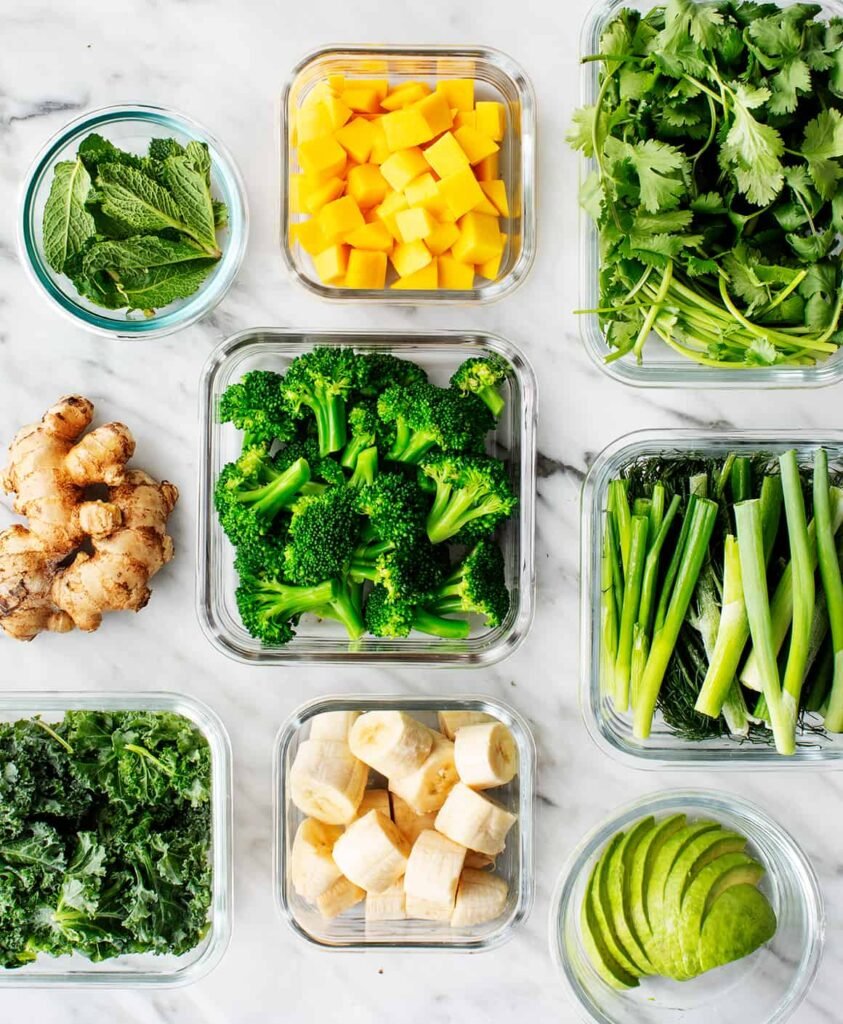
Berries (Strawberries, Blueberries, Raspberries)
- Wash gently and pat dry.
- Arrange in a single layer for flash freezing.
- Store in freezer bags with air removed.
- Best used in smoothies, baking, or sauces since strawberries can soften after thawing.
Bananas
- Peel and slice before freezing.
- Store slices in airtight containers.
- Perfect for smoothies, banana bread, or ice cream bases.
Leafy Greens (Spinach, Kale, Collards)
- Wash and remove stems.
- Blanch for 2–3 minutes, then ice bath.
- Freeze in portions for easy use in soups, sautés, or smoothies.
Tomatoes
- Best frozen blanched and peeled for sauces.
- Freezing changes texture, making them ideal for cooking, not fresh salads.
Bell Peppers and Onions
- Can be frozen raw.
- Slice or dice, flash freeze, then pack in bags.
- Great for stir-fries, fajitas, or soups.
Green Beans, Carrots, Broccoli, Cauliflower
- Must be blanched to preserve texture.
- Flash freeze after cooling.
- Store in freezer bags.
Citrus Fruits
- Freeze juice in ice cube trays or slices in airtight bags.
- Peel and section oranges or grapefruits for easy snacking.
Common Mistakes to Avoid
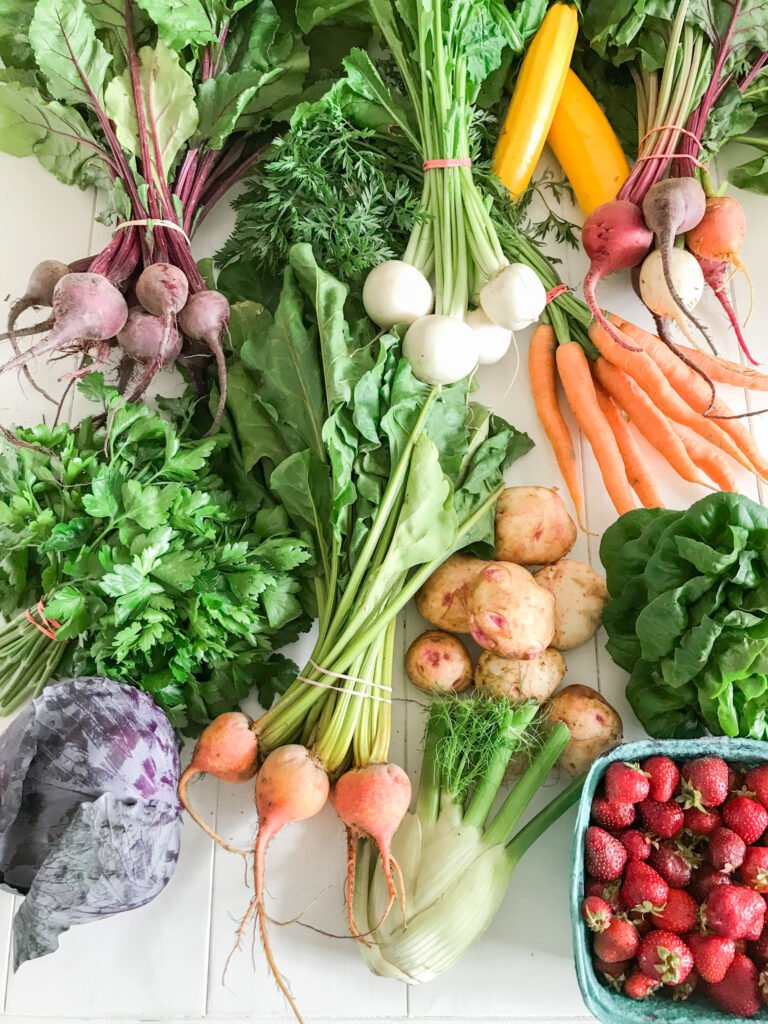
- Skipping the Drying Step – Excess moisture leads to ice crystals and freezer burn.
- Overcrowding While Freezing – Stacking too many items slows freezing, resulting in larger ice crystals.
- Not Removing Enough Air – Air exposure dehydrates produce, leaving it tough or bland.
- Freezing Overripe Produce – Already soft produce will not regain firmness once frozen.
- Storing Too Long – Even frozen food loses quality over time; use within a year for best results.
Thawing Without Mushiness
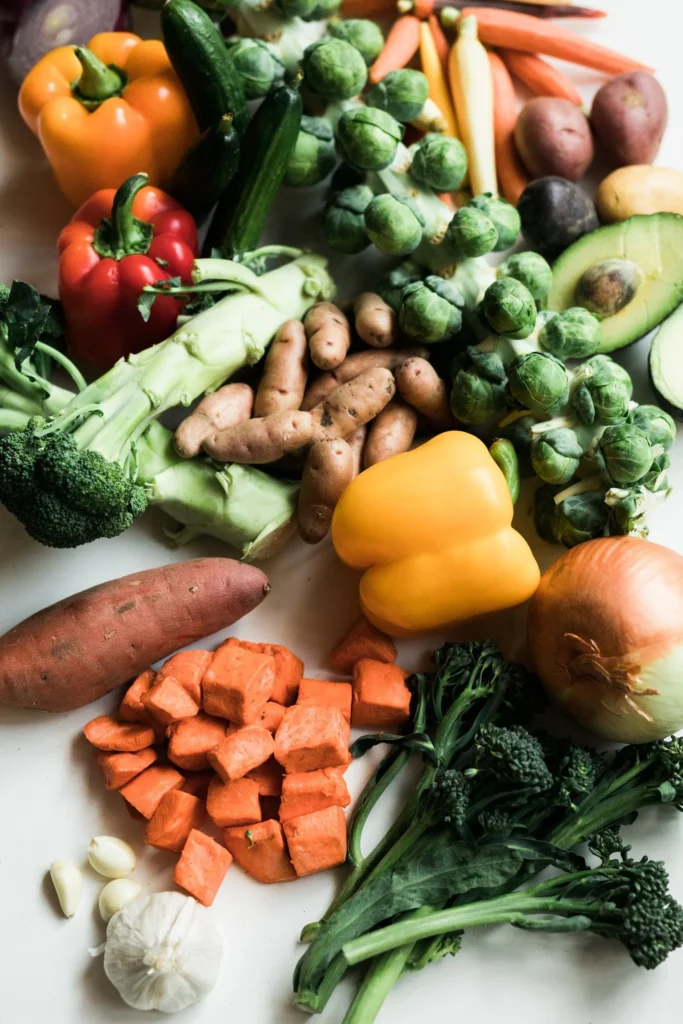
Even with perfect freezing technique, thawing incorrectly can undo your efforts. Here’s how to do it right:
- Use Frozen Produce Directly in Cooking: For soups, stir-fries, or casseroles, add frozen produce straight from the freezer without thawing. This reduces water release.
- Refrigerator Thawing: If thawing is needed, do it slowly in the refrigerator to preserve texture.
- Avoid Microwave Thawing for Delicate Items: Microwaves heat unevenly and often turn produce soggy.
The Science of Quick Freezing
Commercially, quick-freezing (also called flash-freezing or IQF—individually quick frozen) is used to maintain food quality. While home freezers are not as powerful as industrial ones, flash freezing on trays at home mimics this method. By reducing the time produce spends in the “slushy” freezing zone (25–32°F), you limit ice crystal size, which helps maintain cell structure.
Nutritional Retention
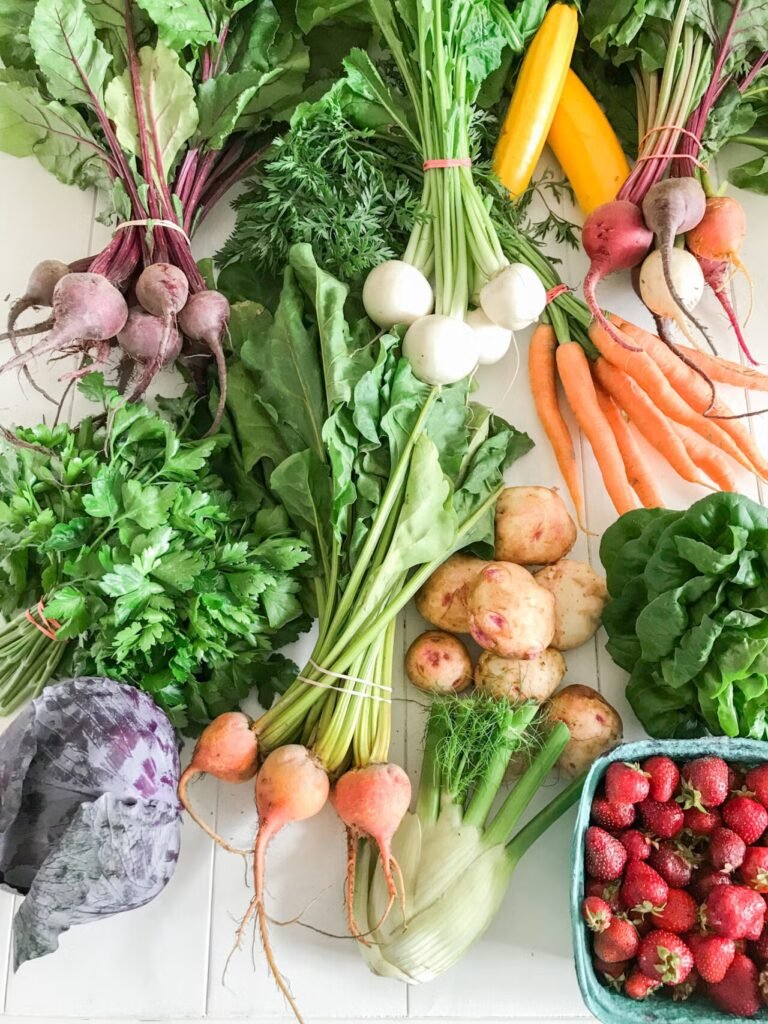
Freezing not only preserves texture but also nutrients. Studies show that frozen produce often retains more vitamins and minerals compared to fresh produce stored at room temperature for several days. Blanching may cause a small nutrient loss, but it is outweighed by the prevention of enzymatic degradation during storage.
Conclusion
Freezing fresh produce is an excellent way to cut food waste, save money, and enjoy out-of-season fruits and vegetables. The secret to avoiding mushiness lies in science: prevent large ice crystals by freezing quickly, stop enzymatic breakdown with blanching when needed, and use proper packaging techniques.
